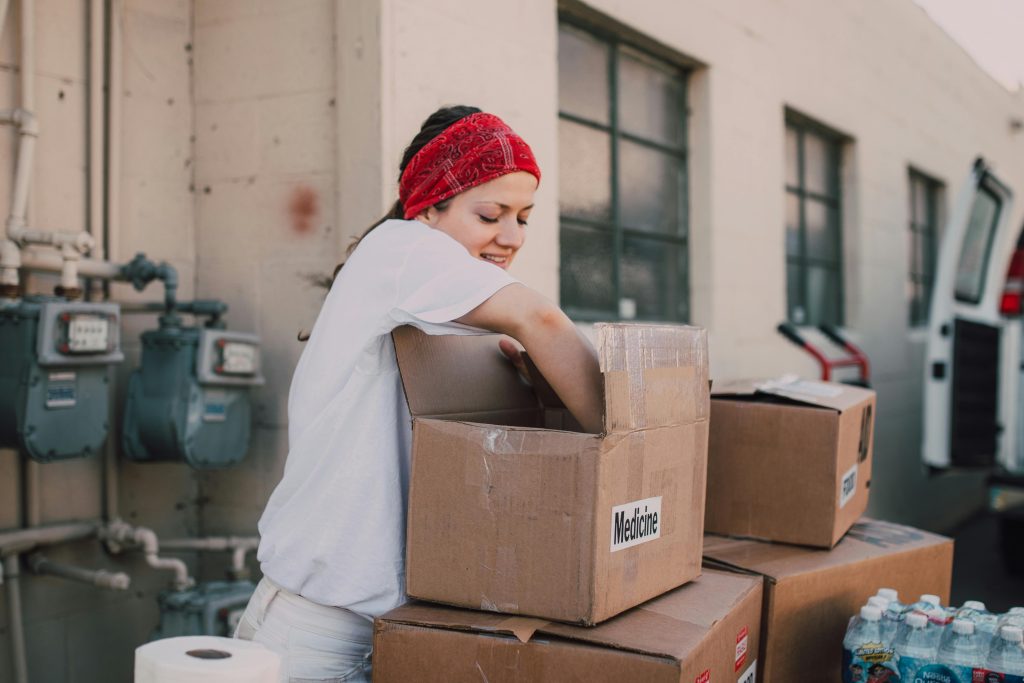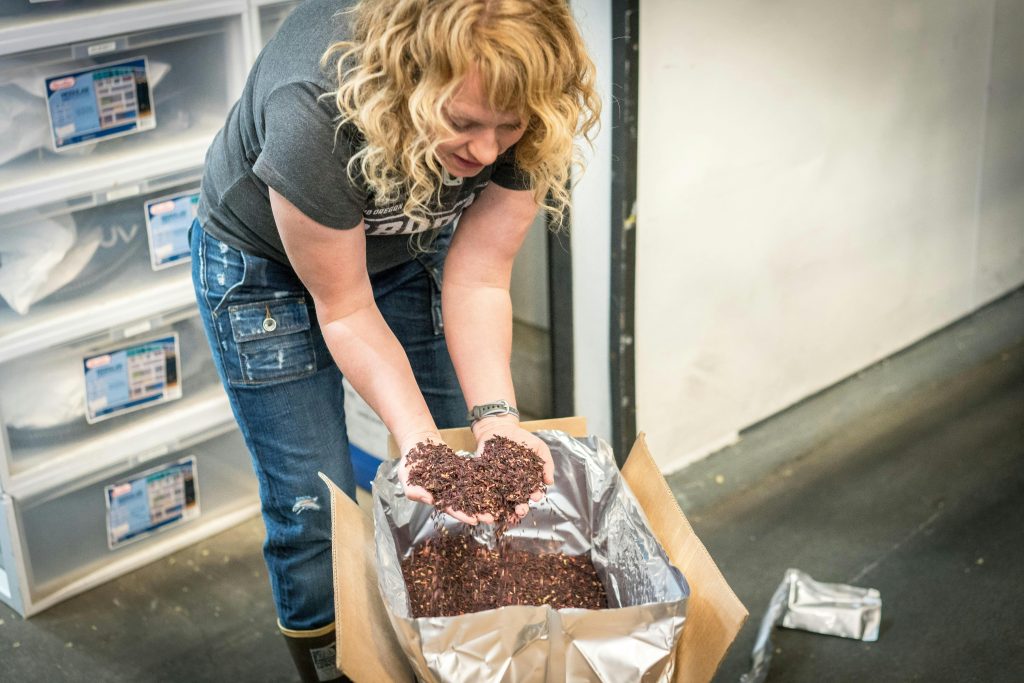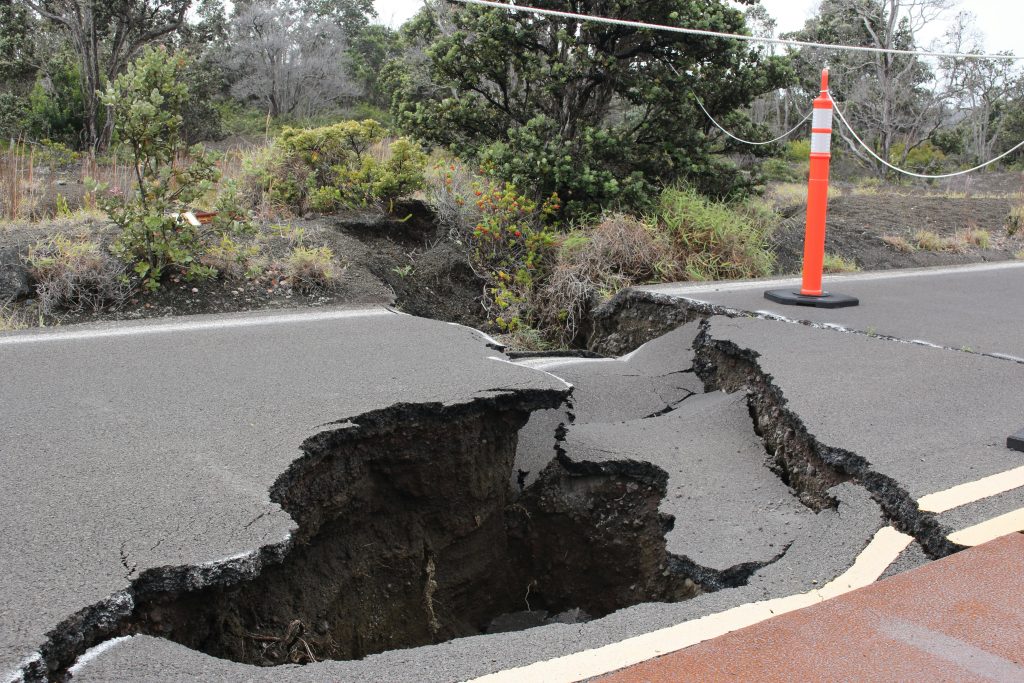We know from experience that among our customers there are the most diverse motivations and motives for keeping a stock of food. We at SicherSatt AG are deliberately politically and denominationally neutral and unbiased with regard to the personal convictions of our customers. We produce and sell long-lasting food of the best quality and thus want to help satisfy our customers’ need for food security.
Stock up on emergency supplies – planning and tips
15. April 2024

In our hectic everyday lives, we rarely think about what might happen if a crisis or emergency suddenly occurs. But the reality is that unforeseen events such as natural disasters, power outages or health crises can occur at any time. In such moments, a well-planned emergency stockpile can be invaluable. An emergency stockpile is more than just a collection of food and supplies; it is a symbol of preparedness, safety and self-sufficiency. In this blog post, we’ll explore the importance of an emergency stockpile and why it’s crucial to prepare for emergencies.
Why should I build up an emergency stockpile?
- The need for self-sufficiency in crisis situations: In crisis situations, normal supply chains can be disrupted, whether by natural disasters such as storms or floods, accidents such as power cuts or other unforeseen events. A well-stocked emergency supply makes it possible to be self-sufficient in such situations and to be independent of external resources for a certain period of time.
- Protection against natural disasters, accidents or power failures: Natural disasters such as earthquakes, floods or storms can damage infrastructure and lead to supply shortages. An emergency stock of food, water and other essential supplies can be a lifesaver in such situations. In the event of accidents such as gas leaks or power cuts, an emergency supply is also invaluable to tide you over until professional help arrives or the power supply is restored.
- Safety and reassurance in uncertain times such as pandemics or economic crises: In times of uncertainty, whether due to pandemics, political unrest or economic turmoil, an emergency stockpile can provide a sense of security and reassurance. When supermarkets are empty or the supply situation is uncertain, a well-stocked emergency supply provides reassurance and confidence in your own provisions.
Basics for an emergency stock
A well-planned emergency supply can be crucial in crises such as natural disasters, accidents, or power outages, ensuring self-sufficiency and providing a sense of security, especially in uncertain times like pandemics or economic crises. It’s important to select the right foods and supplies that meet individual needs and preferences while being long-lasting. Here are some basic considerations for assembling an emergency supply:
- Selecting the right foods and supplies:
- Prioritize non-perishable items like canned goods, dry goods, and staples such as rice, pasta, and flour.
- Include protein-rich and nutrient-dense foods like beans, lentils, nuts, and dried fruits to support a balanced diet.
- Consider staple foods that are versatile and suitable for preparing various dishes.
- Address special needs such as allergies, diets, or specific nutritional requirements to ensure the emergency supply includes all necessary foods.
- Considering personal needs and preferences:
- Incorporate foods and supplies that accommodate individual tastes and eating habits to increase comfort during crises.
- Address special needs such as medications, baby food, or pet food to ensure all household members are provided for.
- Food shelf life and storage:
- Choose foods with long shelf life, ideally with expiration dates far into the future, to allow for regular rotation of supplies.
- Store food in a cool, dry, and dark place to extend its shelf life and ensure optimal quality.
- Regularly check the supply and replenish consumed items to ensure the emergency supply is always adequate and up to date.
Planning an emergency stockpile
Creating an emergency supply requires careful planning and organization to ensure you and your family are adequately provided for in crisis situations. Here are some steps and recommendations for creating an effective emergency supply:
- Step-by-step guide to creating an emergency supply:
- Start by taking inventory of your current supplies to determine what is already available and what needs to be added.
- Set a plan for how long your emergency supply should last, based on potential risks and the size of your family.
- Create a list of necessary foods, water, medications, and other essential items you want to include in your emergency supply.
- Regularly purchase additional supplies to build up your emergency supply, and look out for deals and special promotions to save costs.
- Store your supplies in an accessible location protected from heat, moisture, and light, and clearly label them as emergency supplies.
- Recommendations for the quantity and variety of supplies:
- Consider the number of people in your household as well as their individual needs and preferences when planning the quantity and variety of supplies.
- Recommended stockpile quantities may vary depending on the source, but generally, it is advised to have at least two weeks’ worth of supplies for each household member.
- Ensure your emergency supply allows for a balanced diet and covers all essential nutrients and food groups, including protein sources, carbohydrates, fruits, vegetables, and dairy products.
- Consideration of water, food, medications, and other essential items:
- Water: Store enough water for each household member for at least three days, allowing for about 1 liter per person per day.
- Food: Choose durable foods such as canned goods, dry goods, and shelf-stable foods that allow for versatile preparation and meet energy needs.
- Medications: Ensure you have an adequate supply of medications for chronic conditions and first aid supplies for emergencies in your emergency supply.
- Other essential items: Think about batteries, flashlights, first aid kits, hygiene items, and important documents such as IDs and insurance papers.
Through thorough planning and regular updating of your emergency supply, you can prepare yourself and your family for potential crisis situations and ensure a sense of security and reassurance in uncertain times.
Checklist for emergency supplies
A well-compiled checklist can help ensure you consider all essential elements for your emergency supply. Here is a list of foods and other important supplies you should plan for in case of an emergency:
Foods:
- Canned goods: vegetables, fruits, soups, meats, fish
- Dry goods: rice, pasta, flour, legumes, cereal, oats
- Long-life dairy products: UHT milk, condensed milk, long-lasting cheese
- Nuts and seeds: almonds, walnuts, sunflower seeds Durable snacks: energy bars, dried fruits, crackers
- Sweets: chocolate, candies, cookies Water:
Drinking water:
- bottled water, in sufficient quantity for at least three days
- Water filter: portable water filters or chemical water disinfectants for water treatment
Medications and first aid supplies:
- Prescription medications: for chronic conditions and regularly taken medications
- Pain relievers: paracetamol, ibuprofen
- Bandaging materials: adhesive bandages, sterile dressings, disinfectants, bandages
Other important items:
- Batteries: for flashlights, radios, emergency devices
- Flashlight: with spare batteries or dynamo-powered
- Radio: battery-powered or dynamo-powered for information during power outages
- Hygiene items: toilet paper, wet wipes, soap, toothpaste, feminine hygiene products
- Documents: IDs, insurance papers, family records, important phone numbers
By regularly reviewing and updating your emergency checklist, you can ensure that your emergency supply is always up to date and that you are optimally prepared when an emergency occurs.

Tips for storing and updating emergency supplies
- Regularly check the expiration dates: Ensure that the food and other supplies in your emergency supply are still viable. Check expiration dates and replace expired products in a timely manner.
- Apply the rotation principle: When replenishing your emergency supply, use the “first in, first out” principle. Always place newly purchased products at the back of the pantry so that older items are used first.
- Regular inspection: Take time every few months to inspect your emergency supply. Go through all the supplies and dispose of expired or damaged products. Ensure that your supply is always complete and ready for use.
- Adaptation to current needs: Adjust your emergency supply as needed to current needs and situations. Consider seasonal changes, specific health risks, or personal requirements of your family.
- Documentation and planning: Keep a list of the products in your emergency supply along with their expiration dates and storage locations. Create a plan for regularly reviewing and updating your emergency supply to ensure that you are always well-prepared.
- Proper storage of food and supplies: Ensure that your emergency supplies are stored in a cool, dry, and dark place. Avoid direct sunlight and moisture, as this can affect the shelf life of the products. Use airtight containers or resealable bags to protect food from pests and contamination.
- Space-saving and efficient organization of emergency supplies: Use shelves, stackable boxes, or specialized storage containers to organize your emergency supply in a space-saving and orderly manner. Label containers with content and expiration date for easy identification and rotation of products. Keep frequently needed items easily accessible and ensure clear categorization by items such as food, water, medications, and other essential supplies.
By regularly maintaining and storing your emergency supply, you can ensure that you are optimally prepared for emergencies and can rely on your supplies when needed.
Conclusion
Stocking up on emergency supplies is not an overly precautionary measure, but a sensible way to prepare for unforeseen events and crisis situations. By choosing the right food and supplies, careful planning and regular maintenance, you can better protect yourself and your family in an emergency and provide greater security and peace of mind. The composition of an emergency supply should be customized and regularly reviewed to ensure optimal care. Invest some time and attention in organizing your emergency supplies, as they can be crucial in an emergency.

